Interested in long rides? Thousand-kilometer trips aren’t for the faint of heart! Let’s learn from expert Mike Kirby from The Cycle Scribe as he shares his experiences with long rides… and his best advice for anyone considering tackling one themselves!

Photo from Urban Vintage (via Unsplash)
You have only to look at social media to see the number of people logging metric and imperial centuries and longer. The calendar is packed with rides and races to encourage those with an appetite for ‘Going Long’. From a 4000 km trip from Italy to the very northernmost tip of the European land mass, to RAAM and any number of north-south and east- west challenges all over the world, there are now long rides to suit anyone with the desire to suffer.
But pain is not compulsory and whilst longer rides should always be a challenge, the suffering need not blunt the huge sense of real accomplishment that such journeys by bike can bring, not to mention the Monday morning bragging rights.
I came late to longer rides and I have now grown to love the long days – and sometimes nights – where you fall into a rhythm, where distance rolls under your wheels, never effortlessly, but usually enjoyably. In the last two years, I have done many long rides, including two trips from the very southern tip of the UK to the very North, a 1000 mile route called Lands’ End to John O’Groats. I completed the London – Edinburgh – London ride and was the oldest finisher of the brutal 1500 mile Pan Celtic Race, this including almost 90,000 ft of climbing. There were innumerable long rides in preparation for all of these.
Every time I ride long, I learn. I am a newbie compared to many. However my learnings are fresh in my mind. I hope you find them useful as you plan your next adventure.

Photo from Simon Hurry (via Unsplash)
A long ride need not be feared. It is rarely the distance that kills you, but the speed that you try to ride the distance in. Setting off too fast has always been my downfall. This can leave me hanging like a bat, with still a long way to go, many hills still to climb. Feeling strong, with the finish in sight, adds to the sense of achievement. Setting yourself realistic finishing times based on what you have been doing in training and preparation takes the pressure off and makes the experience all the more enjoyable.
It has taken me five years to work out a combination of bib-shorts and saddle that works for me. I recommend testing everything, not just over a few miles but over long days. Equipment that works well at the start, might be nowhere near as comfortable after 200 miles. The same goes for shoes and gloves. All the points of contact with the bike need to be comfortable. I tried all brands of mittens, my hands were often red raw, before working out that no gloves at all was best, at least in summer.
Make sure your bike is as ready as you are. I am going to assume that you are choosing the right bike for the planned journey, that it fits you well, and that your first long ride is not the first one you have done on your chosen machine. Set the bike up for comfort rather than speed. Longer into the ride, if you are not comfortable, you will not be going fast. A slammed stem might look good, but will cause back, shoulder and neck issues when you are on a longer one. Leave the aggressive set up to the Pro’s.
I am always amazed how many people are doing last minute fixes to their bikes just before the start. Months of preparation and planning can be compromised by an avoidable mechanical. Have the bike serviced and always do a test ride.
Now we are sitting comfortably, once you are on the road, keep moving, do not sit too still. Riding a bike can be very hard on your butt. Take every opportunity to move around on the bike, like changing your hand position, as this adjusts the body angle and the pressure on your sit bones. Stand on the peddles whenever you can. This uses different muscles and relieves the pressure on your seat. Even a moment standing can restore circulation. You will also be amazed at how disturbingly good it feels to clench you butt cheeks together. It is all about making sure the enough blood is arriving at your important little places.
Plan what you are going to eat and drink and practice it on your longer training rides. Work out what food works best for you. I do not do well on gels. I prefer proper food, both savoury and sweet and always seek out slower release carbs if possible.
Read more: Insulin Resistance and Long Bike Rides
You might need several pints of water or other fluids as well as between five and six thousand calories during a long day and you need to plan where these are going to come from. If you have a route, take a good long look at it. Work out where there might be opportunities to refill your food reserves and take on more water. The advice of (round the world record holder) Leal Wilcox is to buy two or three times what you think you need. Do not bank on everywhere being open 24/7, just waiting for you to ride by.
I have heard of riders who will set an alarm to remind them to drink. My strategy is to drink early and drink long, and eat a little something every half an hour, all day. This can be too much at times and your body will tell you when to back off. On very long days, I will aim to ride for say four hours and then to stop to eat something a bit more substantial. It is the worse feeling to find a long hoped for stop for food is closed or just has a range of beige coloured, sweet, ultra processed and refined carbs on offer. Selecting what you actually want can use up precious time.
Which brings me neatly to the subject of faffing. I have wasted so much riding time staring blankly at the shelves in food shops trying to decide what I want to eat or drink. Fatigue does not help decision making. Other kinds of ‘in-ride faffing’ include stopping, sometimes for no reason or on some slim pretext. This can just be to stop and ‘regroup’ a little, the body and mind tired with the constant motion. I make excuses, like I must look in my frame bag for this or that, or I have an urgent need to count how many energy bars I still have left. Any excuse will do, just to be still some times, but if you are in a race, or have a tight schedule to hit, lots of time can ebb quickly away.
Part of the planning for a long ride must involve recharging navigation devices, phones or lights. Think ahead. Charge lights when you least need them. I have a dynamo hub on my long distance bike that I use to charge battery packs. I try to be organised but have ended up trying to follow someone else’s pool of light into the night because I have run out of power.
Finally on a very long ride or a multiday event, it is important to work out your strategy. The winner of the 2024 Pan Celtic Race had a plan to ride fast and sleep long. He executed to perfection, covering the ground quickly and sleeping well in a proper bed every night. Others, have a set mileage to cover and wherever they are when this is completed they will stop and sleep, sometimes in a comfortable bed, but often in a field. I have always tried to be prepared for all eventualities as plans rarely survive contact with reality.

Photo from Danilo Lessa Bernardineli (via Unsplash)
The best advice I received however, was to always keep my head up. Admire the view. Take a moment at the top of a big climb to look just how far you have come. I have had some of the most memorable days of my life riding my bike through spectacular landscapes. Just being in the open air, with only the hum of your wheels and transmission for company, the sun coming up and the birds singing their hearts out, lifts the spirits. I find myself grinning from ear to ear, my heart filling with gratitude. I have even been known to shout ‘C’mon’ at the very top of my voice into the morning air, just for the joy of it.
Enjoy your next long ride.
To read more by Mike Kirby, please visit his Substack, The Cycle Scribe, which was featured in CyclingScoop’s 11 Cycling Substacks You Need in Your Inbox.
Mike’s book, Motion and Emotion, The Pains and Pleasures of my Cycling Life, is also available on Amazon Books.


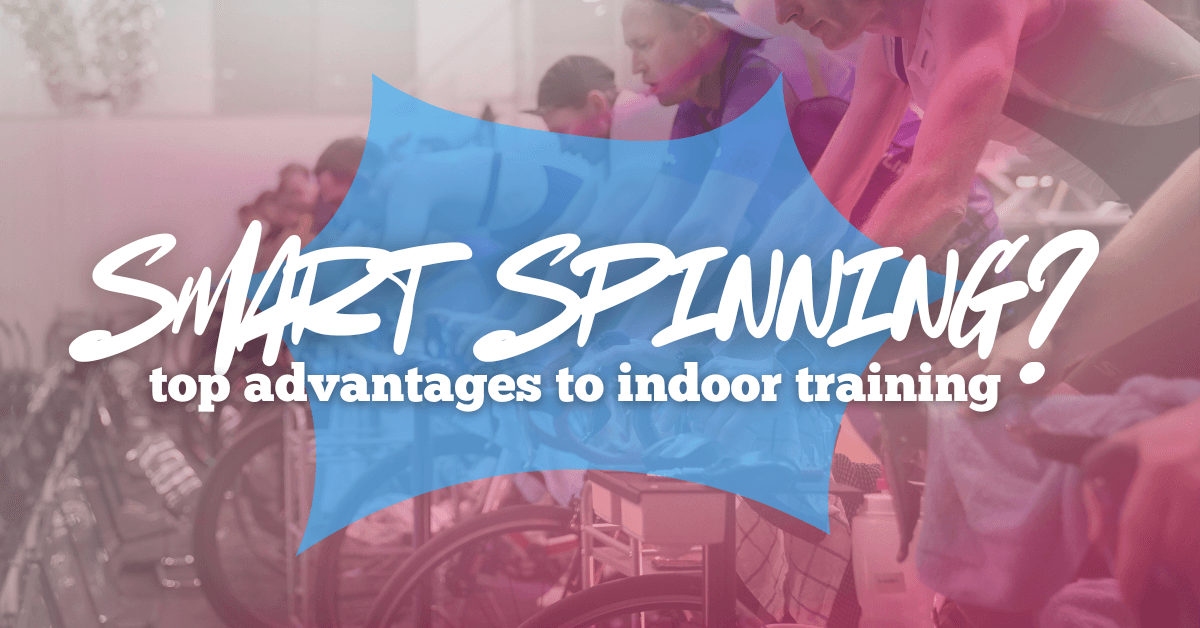
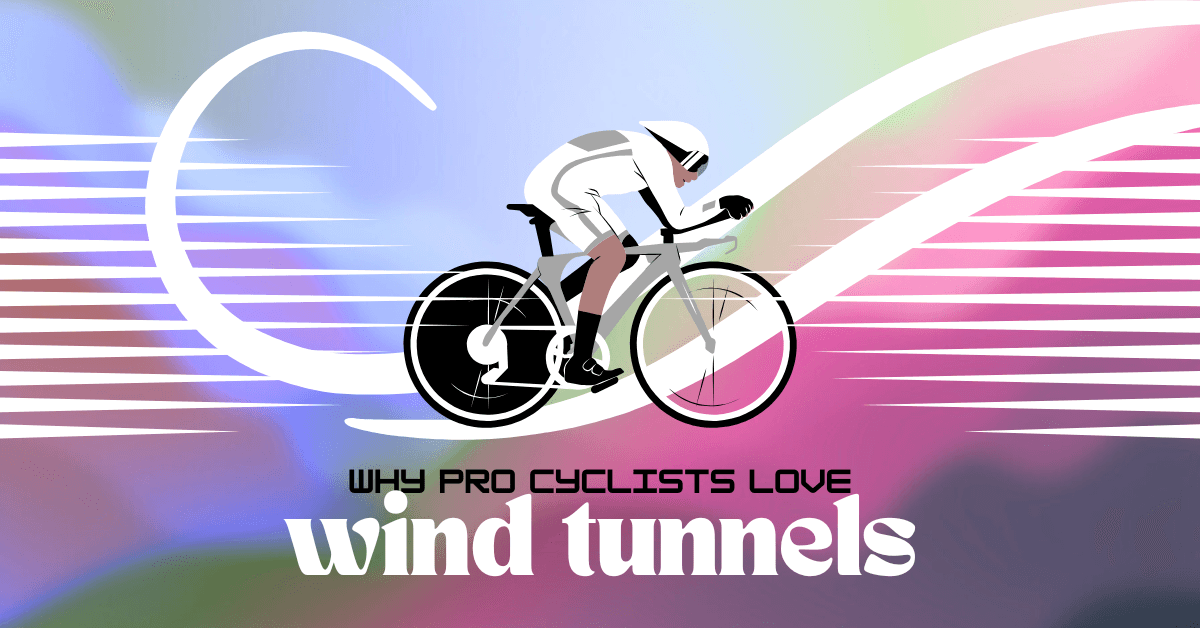
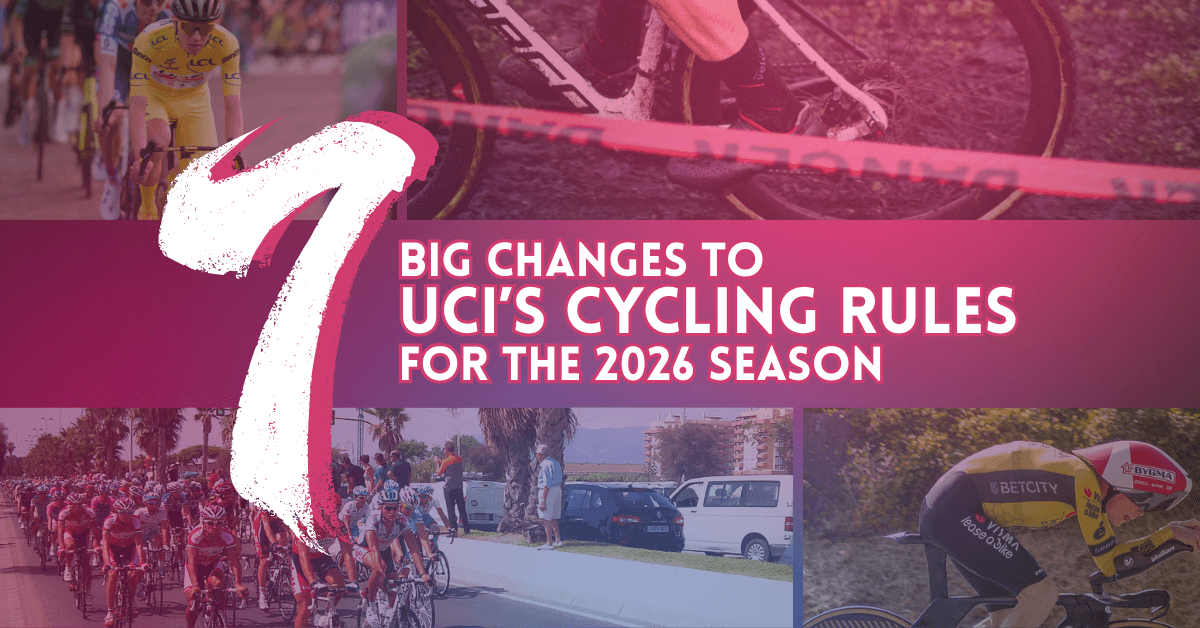
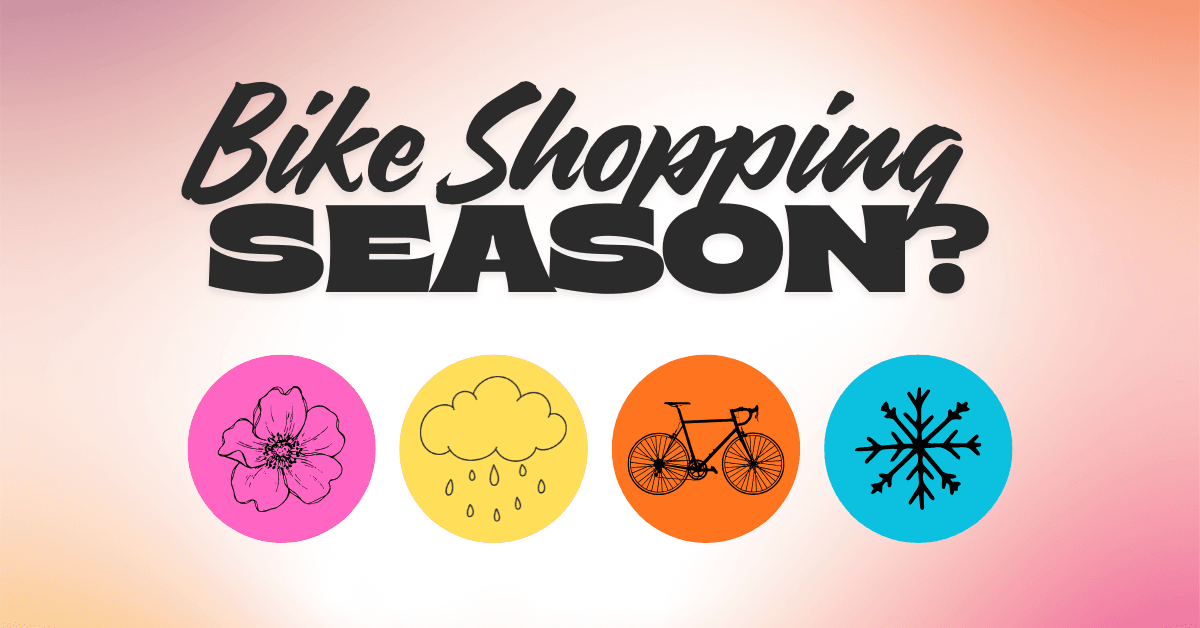

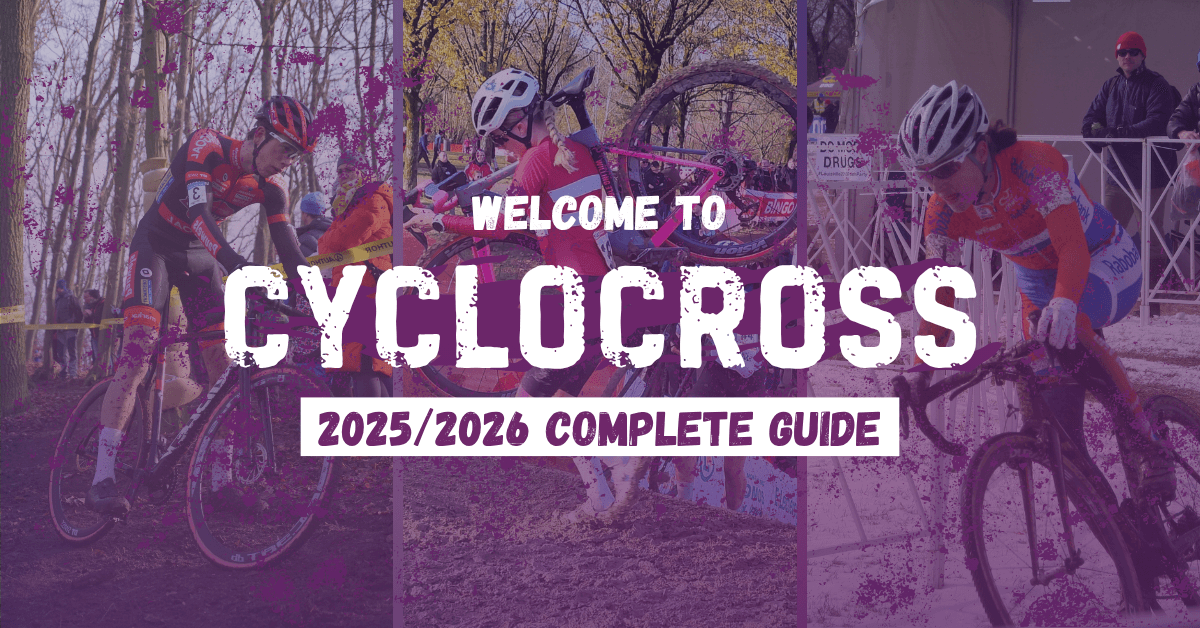


Leave a Reply